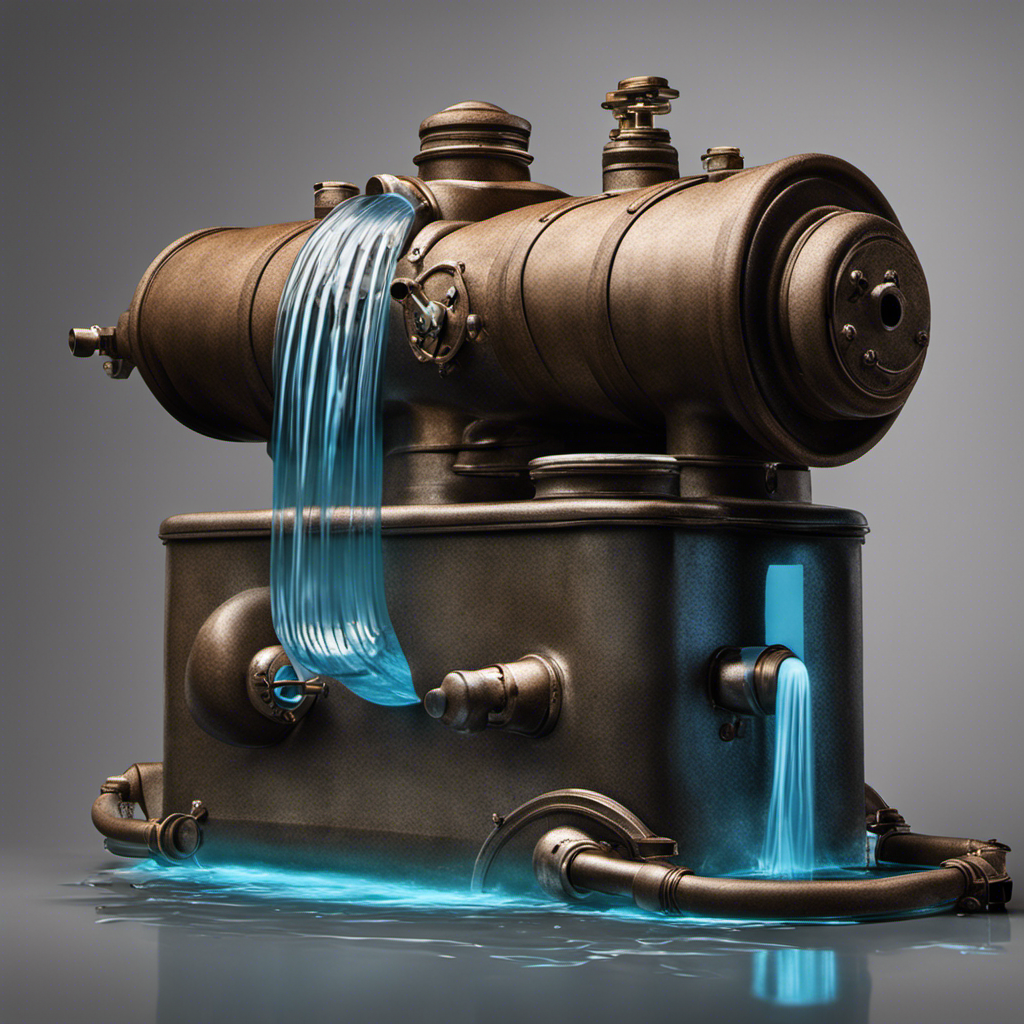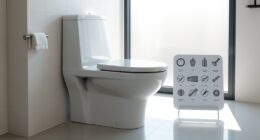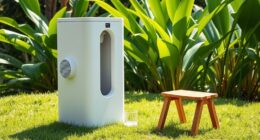Ever pondered whether water is still accessible during a power outage? Rest assured, we have the solutions for you.
In this article, we’ll explore the importance of having a backup water supply, discuss whether tap water is still safe to use, and provide practical tips for conserving water during power outages.
So sit tight and get ready to master the art of water management during those unexpected blackouts.
Key Takeaways
- It is important to store at least one gallon of water per person per day during a power outage.
- Water can be made safe for consumption by boiling it for at least one minute or using water purification tablets or liquid disinfectants.
- Alternative water sources such as rainwater, rivers, lakes, or streams can be used for water supply after proper purification.
- Conserving water during power outages is crucial, and can be achieved by limiting usage, fixing leaks, and using water-efficient appliances.
Water Availability During Power Outages
During power outages, we rely on alternative sources of water for our daily needs. It’s essential to have a plan in place to ensure the availability of clean and safe water during these times.
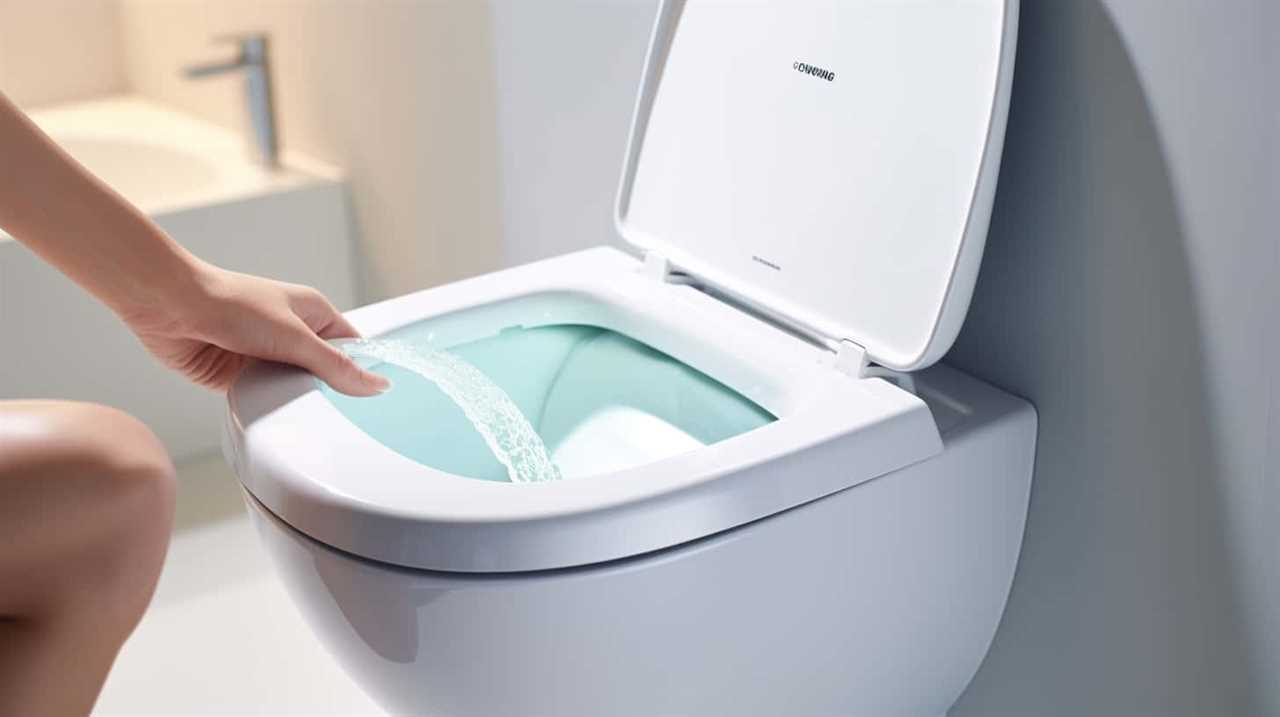
One of the first steps in managing water supply is to store an adequate amount of water before the outage occurs. The general recommendation is to have at least one gallon of water per person per day for drinking and sanitation purposes.
However, if the stored water runs out or isn’t available, it becomes crucial to purify water from alternative sources. Boiling water is one of the most effective methods for water purification. By bringing water to a rolling boil for at least one minute, you can kill most types of disease-causing microorganisms. Another option is to use water purification tablets or liquid disinfectants to treat the water. These products typically contain chlorine or iodine, which can effectively kill harmful bacteria and viruses.
Furthermore, if you’re unable to boil or use purification tablets, you can filter water through a clean cloth or a commercial water filter. This method can help remove larger particles, sediment, and some bacteria. However, it may not remove all types of viruses. It’s important to note that these water purification methods may not eliminate certain chemicals or toxins from the water.
Importance of Having a Backup Water Supply
To ensure access to clean and safe water during power outages, it is imperative that we have a backup water supply readily available. When the power goes out, our regular sources of water, such as taps and wells, may become inaccessible or contaminated. This is why it is crucial to prepare for such situations by having backup water containers and emergency water filters on hand.

Having backup water containers allows us to store a sufficient supply of water that can last us through a power outage. These containers should be made of food-grade plastic and have tight-fitting lids to prevent contamination. It is recommended to have at least three gallons of water per person per day for drinking and sanitation purposes. By storing an adequate amount of water in advance, we can avoid the panic and uncertainty that comes with water scarcity during an outage.
In addition to backup water containers, it is also important to have emergency water filters. These filters can remove bacteria, viruses, and other contaminants from water sources such as rivers, lakes, or even rainwater. They provide an extra layer of protection and ensure that the water we consume during a power outage is safe and clean.
Having a backup water supply gives us peace of mind and ensures that our basic needs are met even when facing power outages. It is an essential part of emergency preparedness and should not be overlooked. By taking proactive measures and investing in backup water containers and emergency water filters, we can ensure the availability of clean and safe water during challenging times.
| Backup Water Containers | Emergency Water Filters |
|---|---|
| Food-grade plastic | Removes bacteria, viruses, and contaminants |
| Tight-fitting lids | Ensures safe and clean water from various sources |
| Store at least 3 gallons per person per day | Provides an extra layer of protection |
| Prevents contamination | Essential for emergency preparedness |
| Ensures water availability during power outages | Ensures access to clean and safe water |
Can You Still Use Tap Water
We can still use tap water when the power is out. However, it’s important to consider tap water safety during emergencies. When the power goes out, there may be a disruption in the water supply system, which can affect the quality of tap water. It’s crucial to be aware of any water advisories or alerts issued by local authorities. These advisories provide information on whether the tap water is safe to drink or use for various purposes.

In some cases, accessing water during emergencies may require alternative methods. It’s recommended to have a backup water supply, such as bottled water or water stored in clean containers. It’s also important to have a way to purify water, such as using water filters or boiling water for at least one minute.
Additionally, it’s advisable to conserve water during power outages. Limiting water usage can help ensure that the available water lasts longer. This can be done by taking shorter showers, using water-efficient appliances, and fixing any leaks or dripping faucets.
Tips for Conserving Water During Power Outages
One way to conserve water during power outages is by limiting our use of it. During emergencies, it’s crucial to find alternative water sources to ensure our basic needs are met. Here are some practical tips for conserving water during power outages:
- Reduce flushing: Only flush the toilet when absolutely necessary. Each flush can use several gallons of water, so limit this to conserve water.
- Use hand sanitizer: Instead of using water to wash your hands, use hand sanitizer. This will help you conserve water while maintaining proper hygiene.
- Collect and reuse water: If you have access to water from sources such as rainwater or streams, collect and store it for essential tasks like flushing toilets or washing dishes.
- Limit bathing: Take shorter showers or consider sponge bathing to conserve water. You can also use wet wipes for quick clean-ups.
- Use water-efficient appliances: Invest in water-efficient appliances like low-flow toilets and showerheads. These can help reduce water usage even during power outages.
Using Alternative Water Sources
Now let’s talk about using alternative water sources when the power is out.
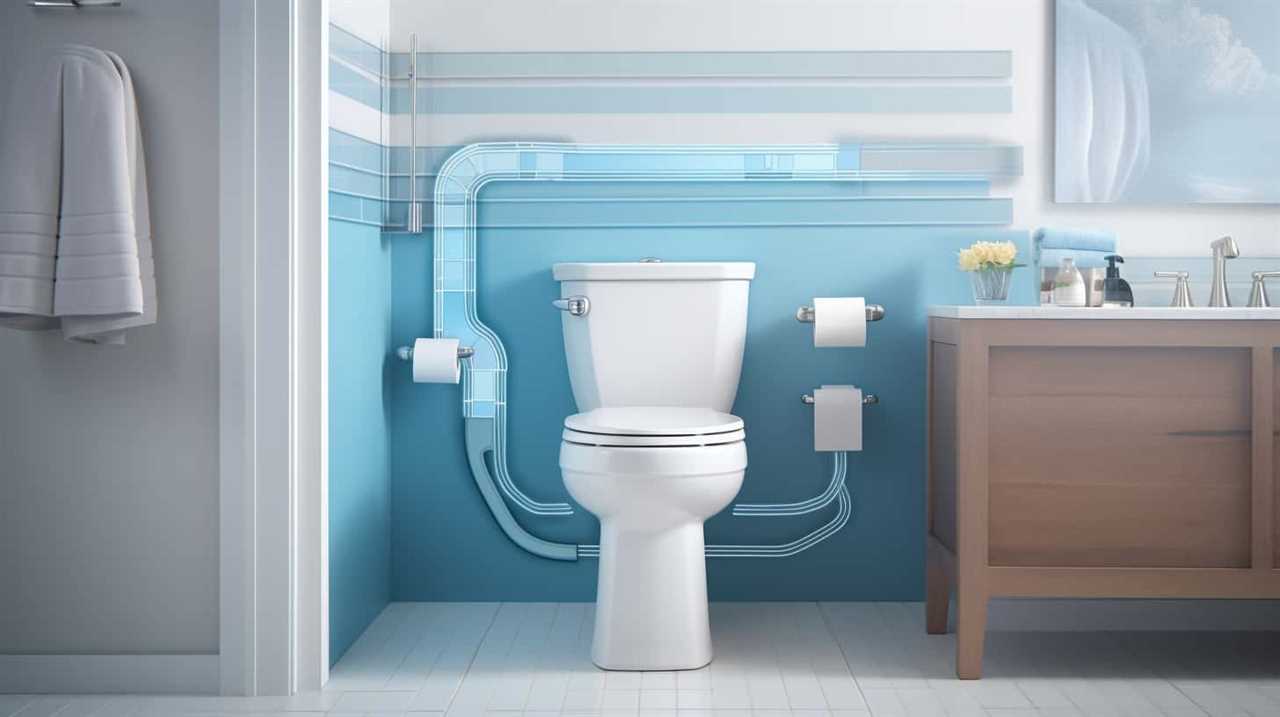
One option is to collect rainwater, which can be done using various methods like rain barrels or roof catchment systems.
Another important consideration is purifying stagnant water, which can be achieved through boiling, using water filters, or adding disinfectants.
Lastly, it’s crucial to have a sufficient water storage system in place to ensure you have enough water for essential needs during a power outage.
Rainwater Collection Methods
During a power outage, having access to alternative water sources such as rainwater collected through various methods becomes essential. Rainwater harvesting is a practical and efficient way to collect and store water for use during emergencies. By implementing filtering systems, rainwater can be made safe for drinking and other household needs. Here are three common methods of rainwater collection:

| Method | Description |
|---|---|
| Rain Barrels | Collect rainwater from rooftops and store it in large barrels for later use. |
| Cisterns | Underground or aboveground storage tanks that collect and store rainwater. |
| Rainwater Tanks | Large containers that can hold a significant amount of rainwater. |
Regardless of the method chosen, it is important to filter rainwater to remove debris, contaminants, and bacteria. Using a combination of filters, such as sediment filters, activated carbon filters, and UV sterilizers, can ensure that rainwater is safe for consumption.
Purifying Stagnant Water
To ensure safe drinking water during a power outage, we can purify stagnant water from alternative sources such as rainwater collected through various methods.
When faced with the need to purify stagnant water during an emergency, consider the following techniques:
- Boiling: Boil the water for at least one minute to kill any harmful bacteria or parasites.
- Chemical disinfection: Use bleach or iodine tablets to disinfect the water. Follow the instructions carefully to ensure effectiveness.
- Emergency water filters: Utilize portable water filters specifically designed for emergency situations. These filters can remove contaminants and make the water safe to drink.
- Solar disinfection: Place the water in clear plastic bottles and leave them in direct sunlight for several hours. The UV rays will help kill pathogens.
Remember, purifying techniques are essential for ensuring the safety of alternative water sources during a power outage. Having emergency water filters on hand can provide an additional layer of protection.
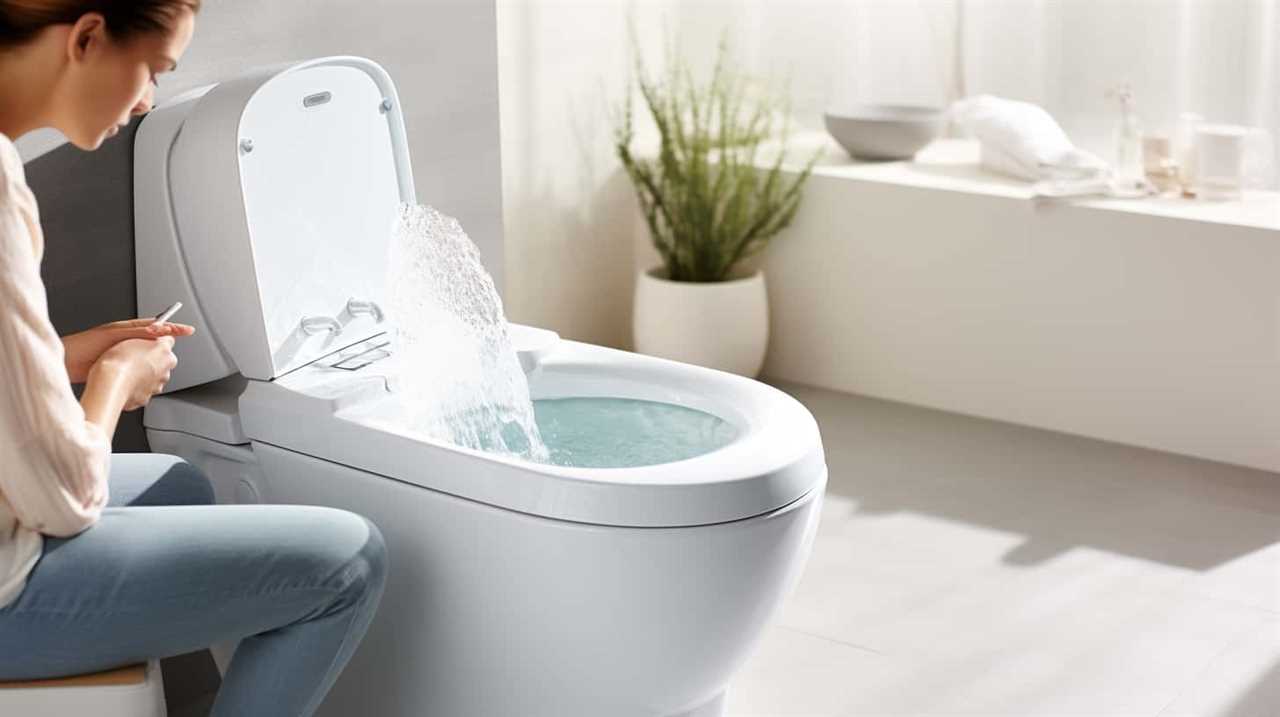
Stay prepared and stay safe.
Importance of Water Storage
We should prioritize the storage of an ample supply of alternative water sources to ensure our safety during a power outage.
Water is essential for survival, and having a sufficient amount stored can make a significant difference in emergency situations. When the power goes out, access to clean water may be limited or even cut off completely.
By storing water in advance, we can be prepared for such scenarios and avoid potential risks to our health. It’s recommended to store at least one gallon of water per person per day for drinking and hygiene purposes.
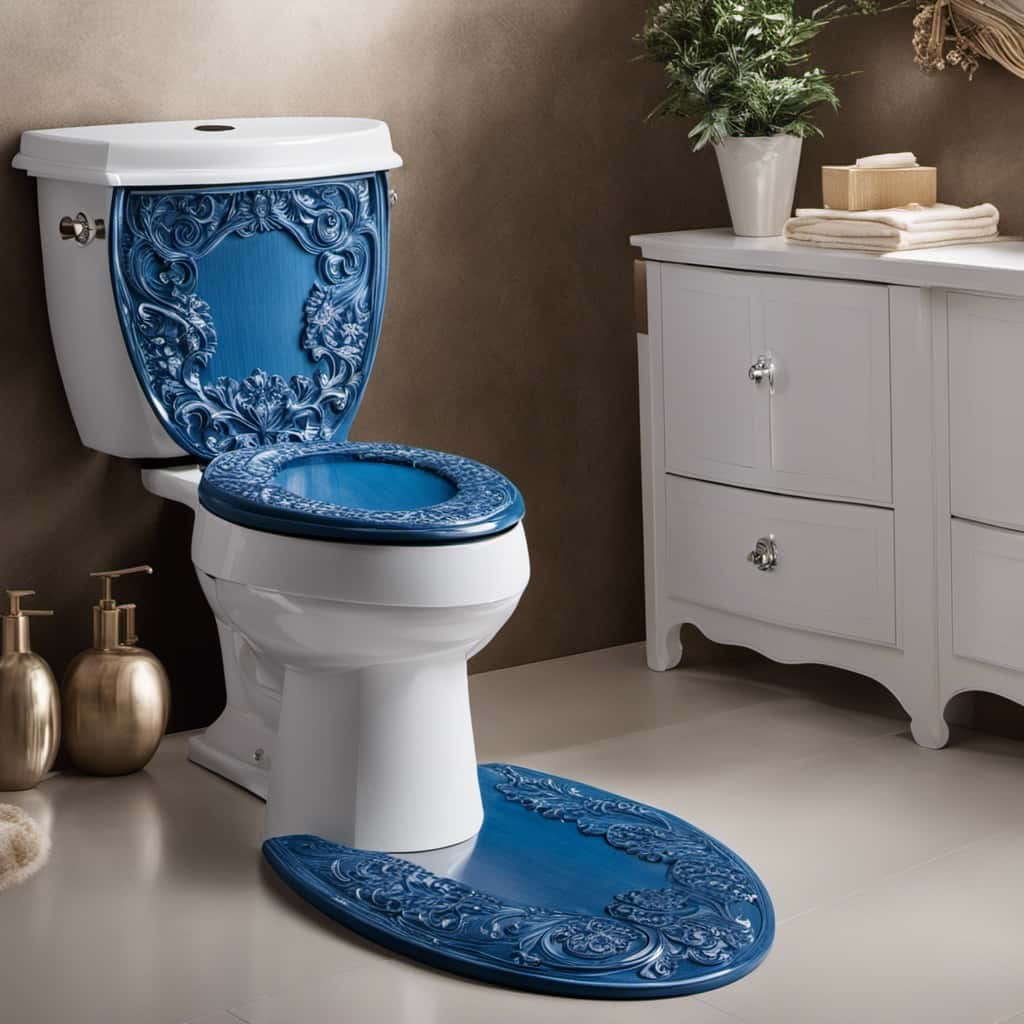
Additionally, we should implement water conservation practices to make the most of our stored supply.
Emergency preparedness should always include a well-thought-out plan for water storage and conservation.
Ensuring Water Safety During Power Outages
When the power goes out, it’s important to ensure the safety of our water supply. One way to do this is by boiling our water before using it for drinking or cooking. This kills any harmful bacteria or contaminants that may be present.
Additionally, using alternative water sources such as bottled water or stored rainwater can be a good option.

Boiling Water for Safety
During power outages, it’s essential to boil all water for safety purposes. Boiling water kills harmful bacteria and parasites that may be present in the water, making it safe to drink.
However, in situations where boiling water isn’t possible, there are alternatives that can be used to purify water. These include:
- Water purification tablets: These tablets contain chemicals that help kill bacteria and viruses in water.
- Portable water filters: These filters remove impurities and contaminants from water, making it safe for consumption.
- Ultraviolet (UV) light pens: These pens use UV light to kill bacteria and viruses in water.
- Chemical disinfection: Chlorine bleach or iodine can be used to disinfect water if no other purification methods are available.
Remember to carefully follow the instructions provided with these alternatives to ensure effective water purification.
Using Alternative Water Sources
To ensure water safety during power outages, it’s important to explore alternative water sources. When the power is out, traditional water sources like taps and wells may not be accessible. In such situations, it’s crucial to have alternative sources of water available.
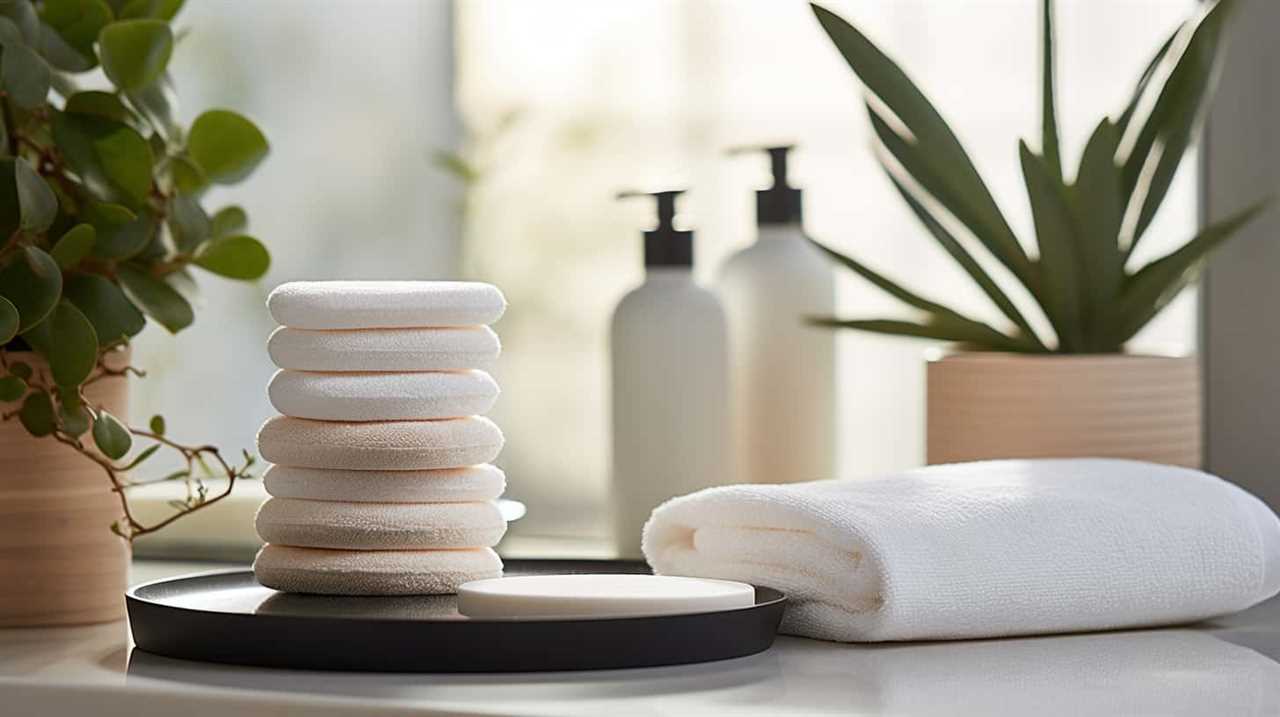
This can include rainwater harvesting systems, which collect and store rainwater for later use. Additionally, consider utilizing water from natural sources such as rivers, lakes, or streams, but make sure to purify it before consumption.
Water conservation becomes paramount during power outages, as limited resources need to be used efficiently. Implementing measures like using water-saving devices and reducing water usage can help conserve water during these challenging times.
Storing Water for Emergencies
We need to prioritize storing water for emergencies to ensure water safety during power outages. Here are four important steps to consider:
- Stock up on water: Store at least one gallon of water per person per day for a minimum of three days. This ensures you have enough for drinking, cooking, and basic hygiene needs.
- Use proper containers: Select food-grade containers with tight-fitting lids to store water. Avoid using containers that previously held chemicals or non-food items, as they may contaminate the water.
- Rotate your water supply: Regularly replace stored water every six months to prevent bacterial growth. Label the containers with the date to keep track of when to replace them.
- Consider water purification methods: In case your stored water runs out, invest in emergency water filters or other purification methods like boiling or using water purification tablets. These can help make water safe for consumption during extended power outages.
What to Do if Your Water Supply Is Compromised
If our water supply is compromised, it’s crucial to prioritize the preservation and purification of this essential resource. In such a situation, it’s important to have a plan in place to ensure we’ve access to clean water.

Firstly, we need to identify alternative water sources. This can include nearby rivers, lakes, or even rainwater. However, it’s important to remember that not all water sources are safe for consumption. Therefore, it’s essential to treat the water before use.
There are various water purification methods available, such as boiling, using water filters, or using chemical disinfectants like chlorine or iodine. Boiling water is the most effective method as it kills most types of bacteria and viruses. Water filters can also be used to remove impurities, but they may not eliminate all microorganisms. Chemical disinfectants can be used as a backup option, but it’s important to follow the instructions carefully.
Planning Ahead for Future Power Outages
In order to ensure our access to clean water during future power outages, it’s important that we plan ahead and consider alternative water sources and purification methods. Here are four key steps to help us prepare for such situations:
- Store an emergency water supply: It’s recommended to have at least one gallon of water per person per day for drinking and sanitation needs. Consider storing water in clean, food-grade containers that are easily accessible in case of an emergency.
- Explore alternative water sources: During a power outage, our usual water sources may not be available. It’s wise to identify nearby natural sources such as rivers, lakes, or ponds that can be used as a backup. However, remember to purify water from these sources before consuming it.
- Learn emergency water filtration techniques: Investing in a portable water filter or purification tablets can be crucial during power outages. These tools can help remove contaminants and make water safe for drinking. Familiarize yourself with their usage and keep them readily available.
- Practice water conservation: During power outages, water supply may be limited. Adopting water conservation habits like taking shorter showers, fixing leaks, and using water-efficient appliances can help stretch our water resources.
Frequently Asked Questions
How Long Can Tap Water Be Stored for During a Power Outage?
During a power outage, tap water can be stored for a limited time. It’s important to have proper water storage tips in place to ensure its safety.
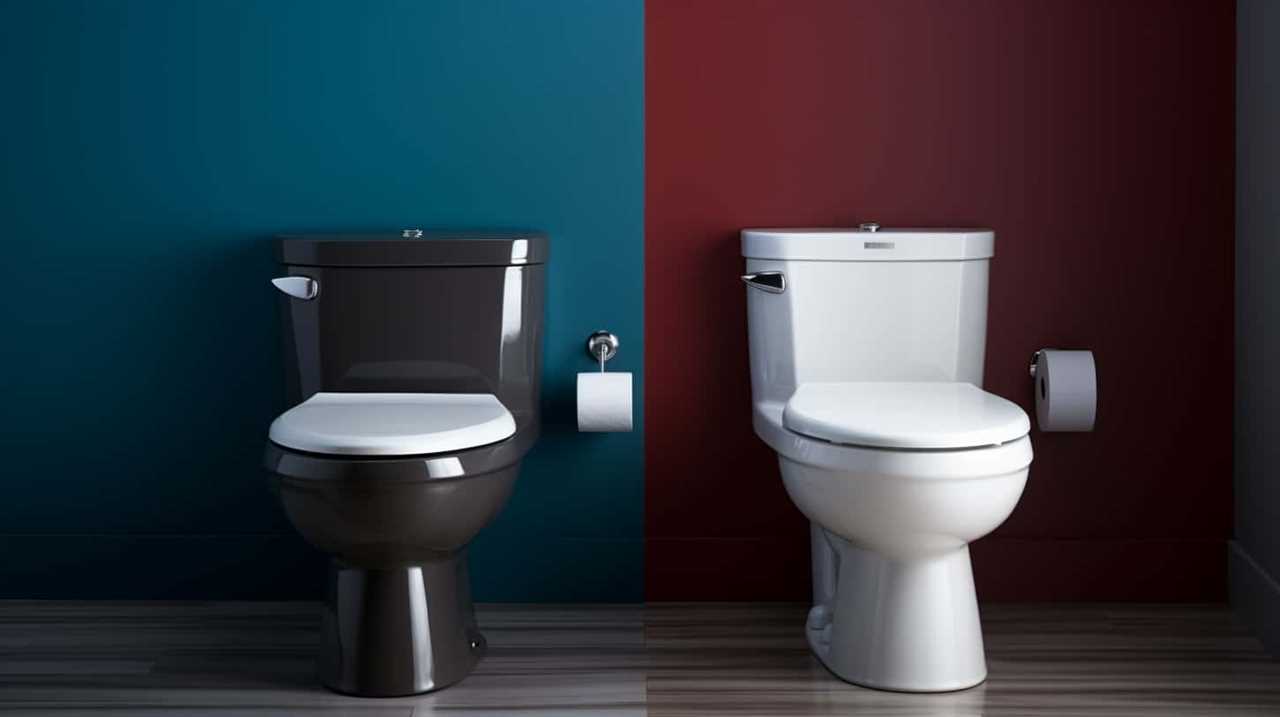
Without electricity, water purification systems won’t work, so it’s crucial to have emergency water purification methods ready.
Storing tap water in clean containers, away from sunlight and contaminants, can help maintain its quality. However, it’s recommended to have a backup water supply or alternative methods of water purification for longer power outages.
What Are Some Alternative Water Sources to Consider During a Power Outage?
During a power outage, it’s important to have alternative water sources.
Rainwater collection is a great option as it can be easily collected and stored for later use.

Emergency water filters are also essential to ensure the water is safe to drink. These filters remove impurities and bacteria, making the water suitable for consumption.
Having these alternatives in place ensures that we’ve access to clean water even when the power is out.
How Can I Ensure the Safety of My Stored Water During a Power Outage?
When the power goes out, it’s always a good idea to have stored water on hand. But how can we ensure the safety of our precious H2O during a blackout?
Well, proper water storage practices are key. Make sure to use clean containers and keep them in a cool, dark place. Additionally, regularly check the water quality and replace it every six months.

Are There Any Specific Precautions to Take if My Water Supply Is Compromised During a Power Outage?
When power is out, it’s important to take precautions if your water supply is compromised. Ensuring the safety of your stored water is crucial. Without power, water treatment plants may not be functioning, so it’s essential to have a backup supply of clean water.
To maintain water quality, store it in clean, sealed containers and keep them in a cool, dark place. Regularly check for signs of contamination and replace water as needed.
What Steps Can I Take to Plan Ahead for Future Power Outages and Ensure a Sufficient Water Supply?
When planning for future power outages and ensuring a sufficient water supply, it’s essential to focus on emergency water storage and preparing for water shortages.
By taking proactive steps, we can be better prepared for such situations. This includes investing in water storage containers, treating and purifying water, and having a backup power source for water pumps.
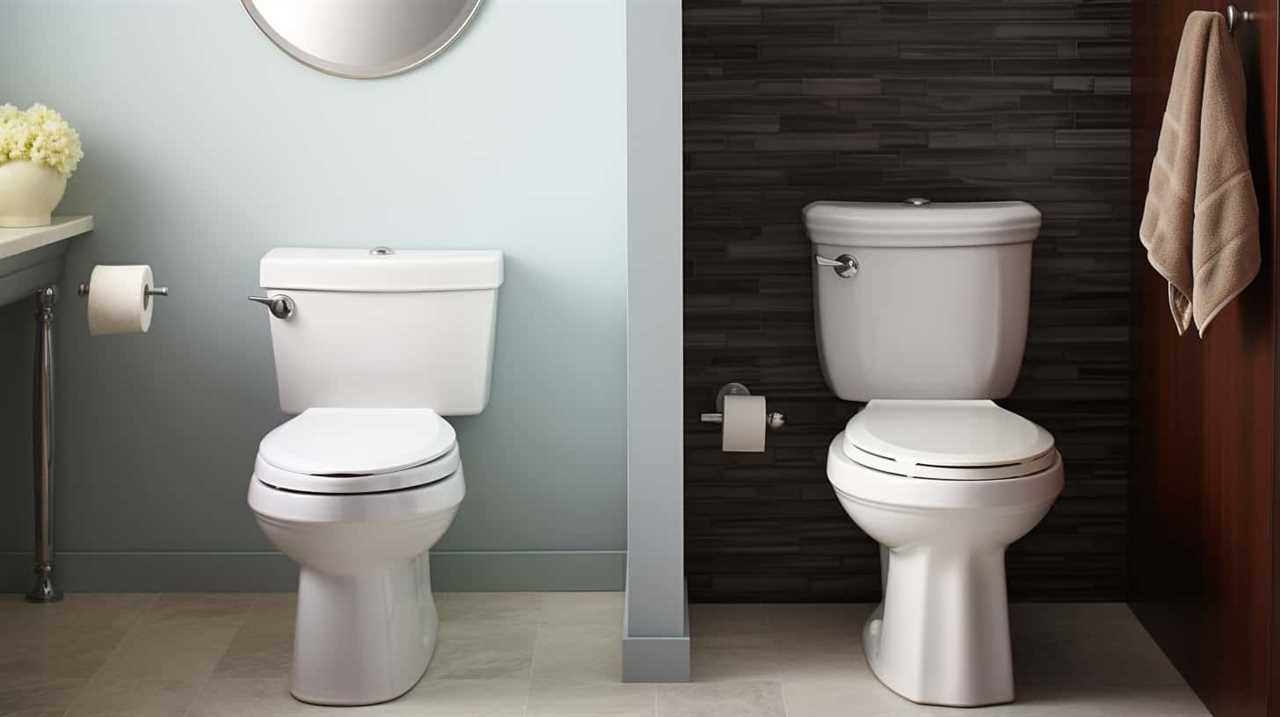
Additionally, it’s crucial to develop a water conservation plan and educate ourselves on alternative water sources.
Conclusion
In conclusion, when the power goes out, it’s still possible to use water, but it may require some preparation and conservation.
Having a backup water supply and knowing how to utilize alternative sources can greatly help in these situations. Remember to prioritize water safety and take necessary steps to ensure your supply isn’t compromised.
By planning ahead, you can be better equipped to handle future power outages and ensure you have access to a reliable water source.

So, stay prepared and stay hydrated!



